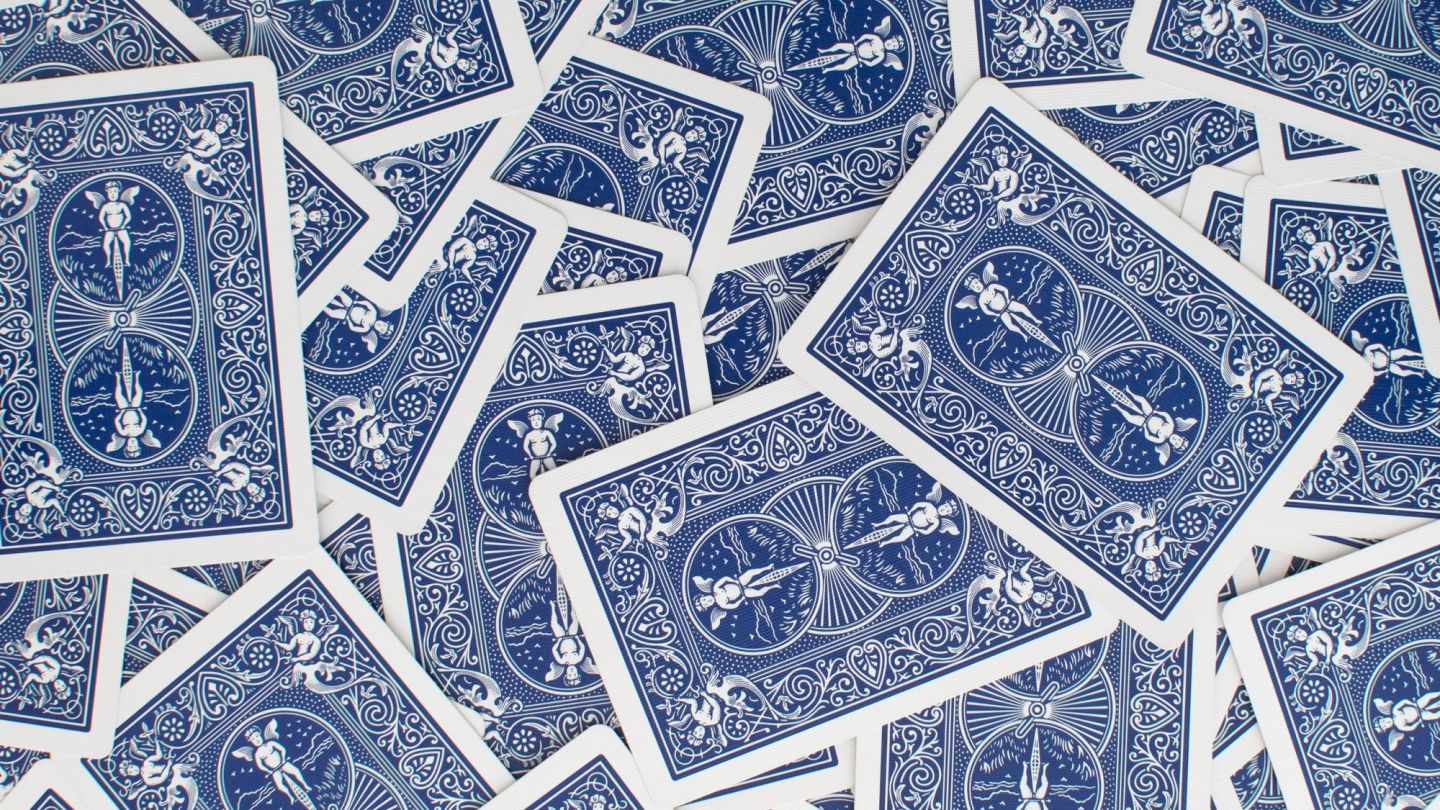

Words: Joseph Bullmore
“It was a useless life” says Taki Theodoracopulous, the Greek shipping heir and last of the playboys. “But a very, very pleasant one.” For the Clermont Club — perhaps the grandest, oofiest gambling den in the history of London — this is high praise indeed. The uselessness is built in, of course. A high-end casino exists solely to move money from rich, tipsy people with inheritances to richer, more sober people with CCTV cameras and panic rooms and sympathetic smiles. It is a place of distraction and oblivion, where the game is all, and the money is simply a side-effect, a symptom, a McGuffin. There is no wider societal good; no great point or modern-day ‘purpose’. No economic trickle-down, particularly — just the constant dribble of someone else’s Krug. Useful? Who wants useful? That’s what members of the public are for. We’re just here to have a lovely time. Uselessness is the last great indulgence: lower the blinds, dear boy, the sun’s coming up.


